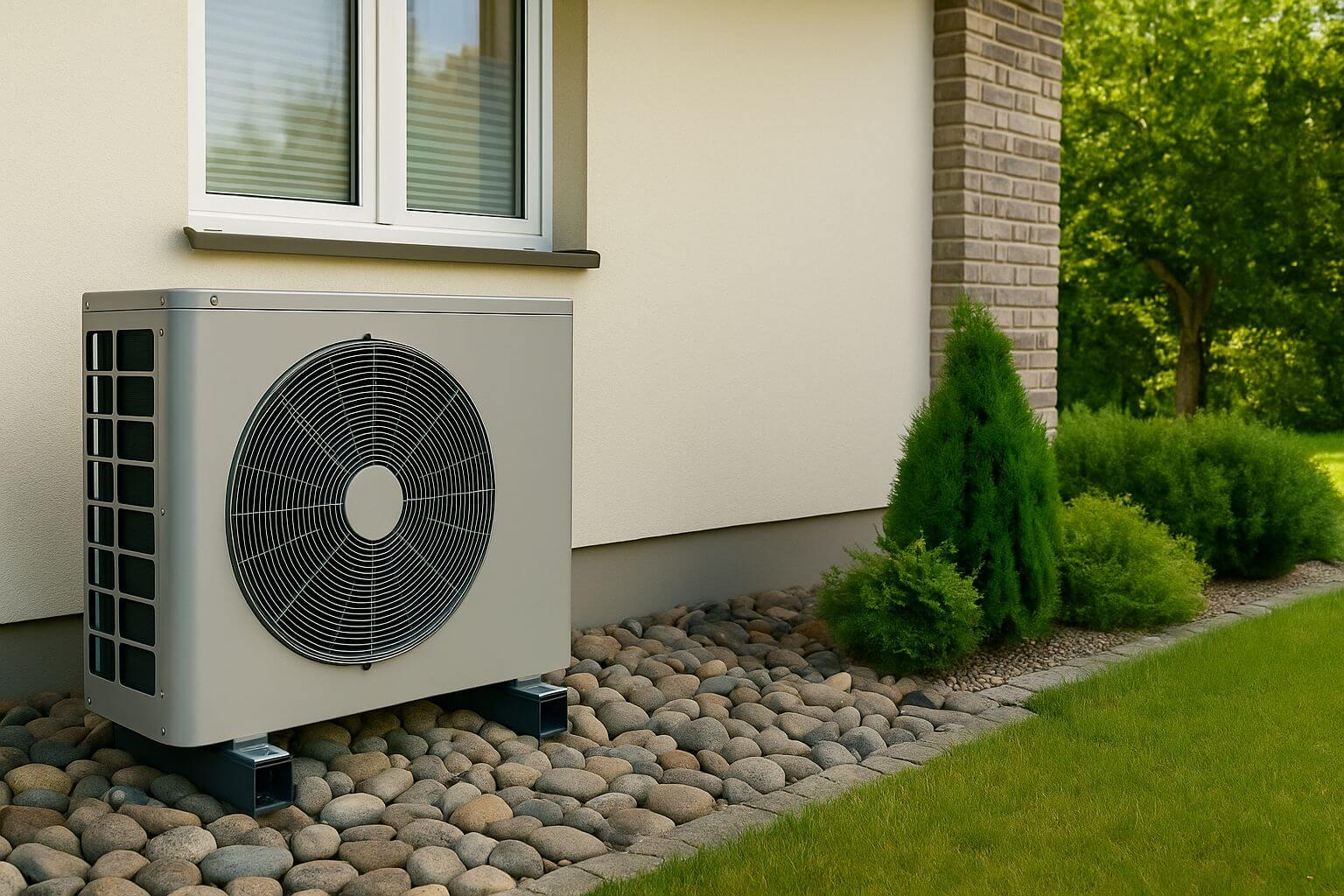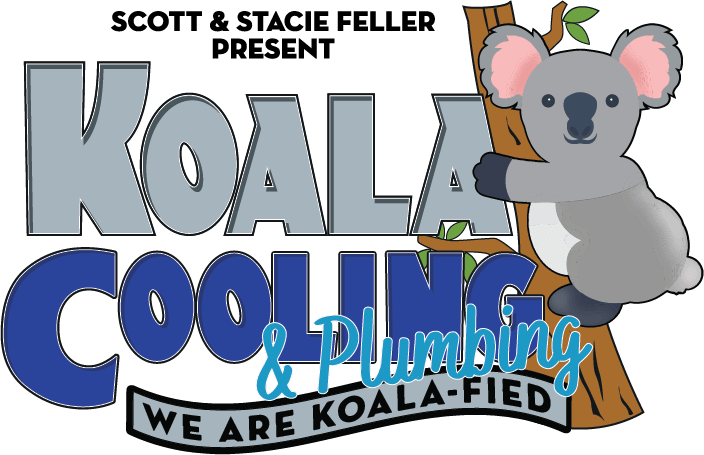If you’ve been hearing more about heat pumps and wondering what makes them so popular, you’re not alone. Many homeowners across Central Texas are considering these systems because they efficiently heat and cool a home using one setup. As energy costs rise and interest in sustainable options grows, heat pumps have become a practical alternative to traditional HVAC systems.
In a region like Austin, where winters are mild and summers can be long and hot, they’re an excellent match for year-round comfort. This guide explains how heat pumps work, their major benefits and drawbacks, and what to think about when deciding if one is right for your home.

How a Heat Pump Works
A heat pump doesn’t create heat by burning fuel or using electric resistance like a furnace. Instead, it transfers heat from one place to another using refrigerant and a compressor—essentially working as a reversible air conditioner. During winter, it extracts heat from the outdoor air and moves it inside. In summer, the process reverses, pulling heat from indoors and releasing it outside.
The key components include the compressor, indoor and outdoor coils, refrigerant lines, and a reversing valve that switches between heating and cooling. Most homes use air-source models that draw heat from the air, though ground-source (geothermal) heat pumps that pull heat from the earth are even more efficient. When properly installed, a heat pump maintains steady indoor temperatures while using far less energy than a traditional system. Head here for a more detailed explanation on how heat pumps work.
Advantages of Heat Pumps
Energy Efficiency
A major reason homeowners choose heat pumps is efficiency. Because they move heat rather than produce it, they use much less energy. Modern units can deliver two to three times more heating energy than the electricity they consume. This efficiency reduces waste and lowers utility bills. In Austin’s mild climate, a heat pump can operate at near-peak performance most of the year.
Lower Operating Costs
Using energy more efficiently means lower ongoing costs. Homeowners often see noticeable savings compared to running electric or gas systems, especially if their home is well-insulated. Many models also qualify for energy rebates or tax credits, improving their return on investment. Over time, these savings can offset much of the upfront expense.
Heating and Cooling in One System
A heat pump eliminates the need for separate heating and cooling systems. This combined setup saves space, simplifies maintenance, and provides consistent comfort throughout the year. For many Central Texas homeowners, having one system to manage instead of two is a big convenience.
Environmental Benefits
Heat pumps don’t burn fossil fuels, so they produce fewer greenhouse gases than gas furnaces. When paired with renewable energy like solar power, their environmental impact is even lower. For homeowners focused on sustainability, they offer an effective way to reduce household emissions while staying comfortable.
Comfort and Consistency
A well-installed heat pump maintains stable temperatures and reduces sudden blasts of hot or cold air. Because they run longer, gentler cycles, humidity levels stay balanced and air quality improves. They also tend to run quietly, creating a calm indoor environment.
Disadvantages of Heat Pumps
Upfront Cost
The initial investment is often higher than replacing a furnace or air conditioner. The total cost depends on your home’s size, the system type, and the complexity of installation. While energy savings help offset this expense over time, homeowners should budget for possible electrical upgrades or ductwork adjustments.
Performance in Extreme Cold
Heat pumps become less efficient when outdoor temperatures drop very low because there’s less heat in the air to absorb. In Central Texas, this isn’t a major issue, but during rare cold snaps, performance can dip. Some systems include built-in backup heaters or work as dual-fuel setups with a furnace for those occasions.
Maintenance Requirements
To keep a heat pump efficient, regular maintenance is essential. The outdoor unit can collect debris, dust, and leaves that restrict airflow. Filters should be replaced regularly, and refrigerant levels checked during annual tune-ups. Routine service helps prevent breakdowns and keeps energy use low.
Installation Complexity
Installing a heat pump involves more than a simple swap-out. It must be correctly sized to your home’s heating and cooling needs. Oversized or undersized systems won’t operate efficiently and may wear out early. A professional HVAC technician, like our team here at Koala Cooling, should evaluate your home’s insulation, ductwork, and layout to ensure the best performance.
Is a Heat Pump Right for You?
Heat pumps work best for homeowners seeking energy efficiency, year-round comfort, and lower environmental impact. In moderate climates like Austin, they perform efficiently for most of the year. If your home is well-insulated and you’re replacing both your furnace and air conditioner, a heat pump can be an excellent long-term investment. Those planning to stay in their homes for several years often find that the lower operating costs make up for the initial price.
Final Thoughts
A heat pump provides an efficient and environmentally responsible way to keep your home comfortable in every season. It combines heating and cooling, reduces energy use, and is well-suited to Central Texas weather. While the initial cost and maintenance needs require consideration, the long-term comfort, savings, and environmental benefits make heat pumps an appealing choice.
For homeowners exploring energy-efficient upgrades, contact us and we can help determine if a heat pump is the perfect fit for your home and lifestyle.
